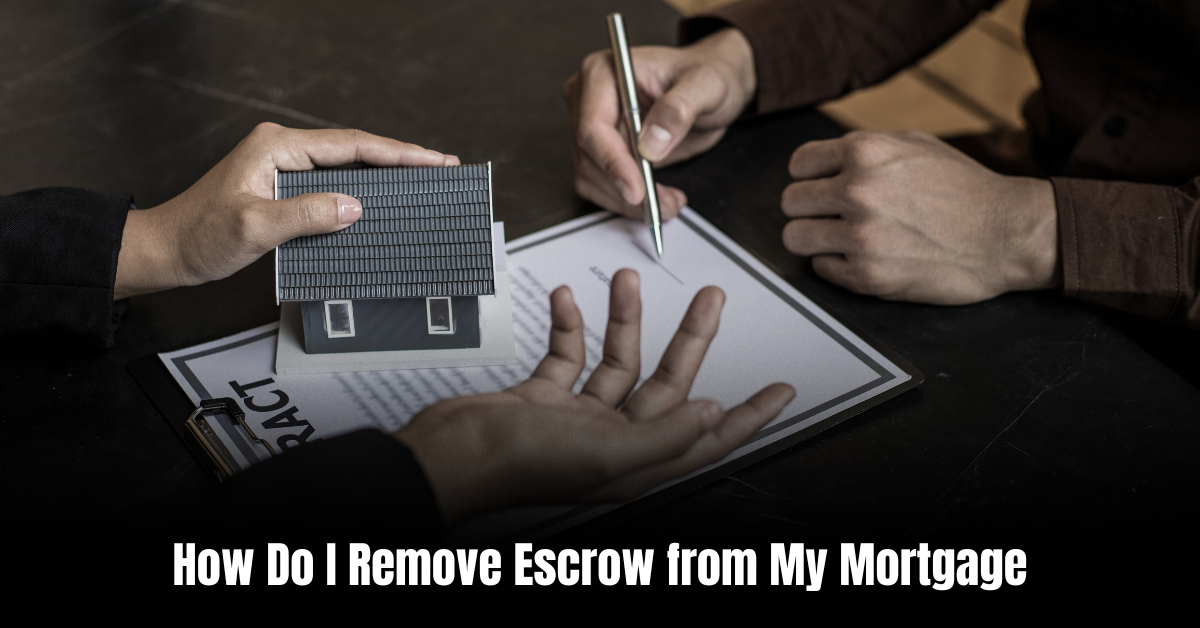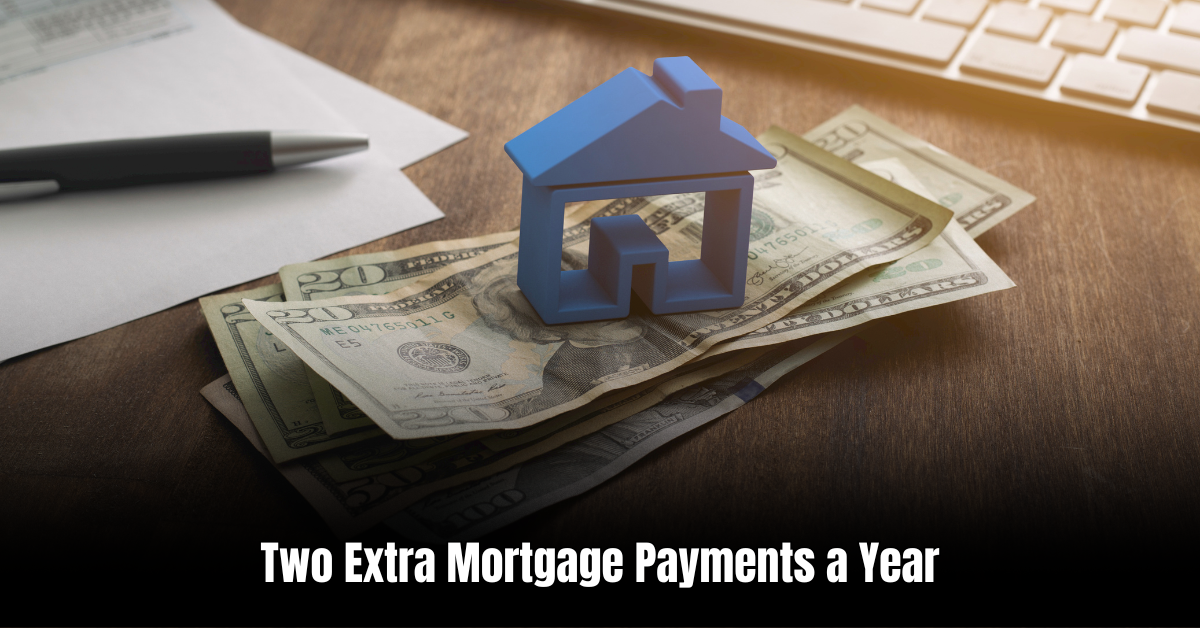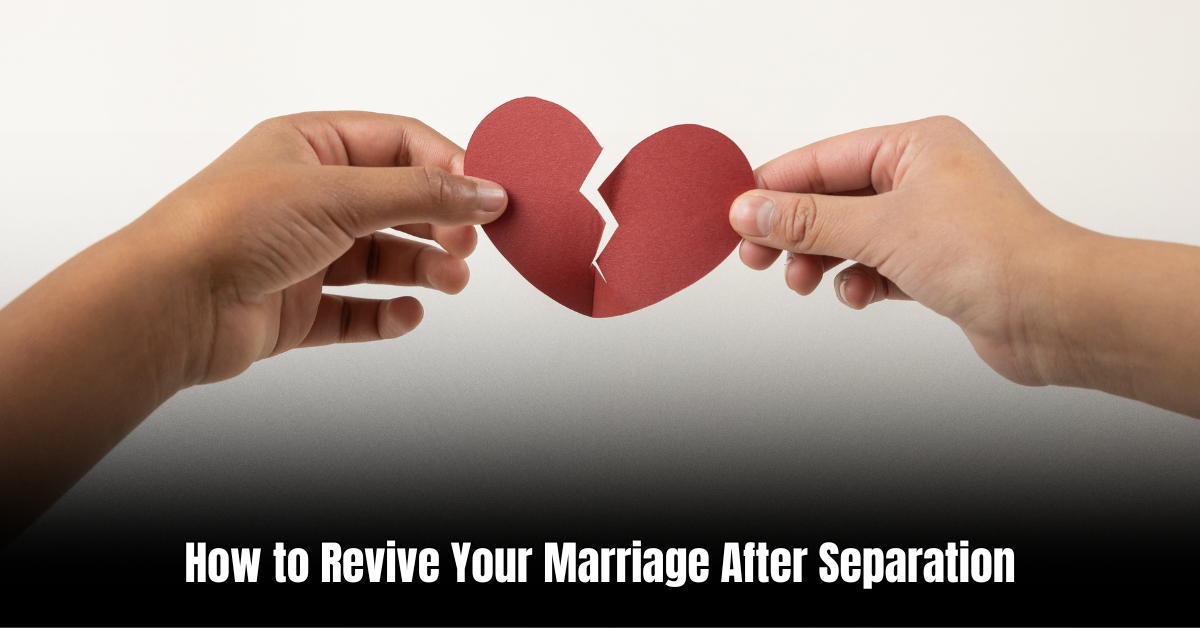If you’re a homeowner with a mortgage, you may have an escrow account set up by your lender to pay for property taxes and homeowner’s insurance. While escrow accounts can offer convenience by collecting and managing these expenses on your behalf, some homeowners may prefer to remove the escrow arrangement. Here’s a guide to help you understand the process of removing escrow from your mortgage.
Why Would You Want to Remove Escrow?
There are several reasons why homeowners may consider removing the escrow account from their mortgage. Some may want greater control over handling their property tax and insurance payments, while others may seek to reduce their monthly mortgage payments by self-managing these expenses. Additionally, some individuals may find that they can earn a better return on their money by managing these payments themselves rather than having funds tied up in an escrow account.
Understanding the Process
Before taking steps to remove escrow from your mortgage, it’s important to thoroughly understand the process and its potential impact on your financial responsibilities. Start by reviewing your current mortgage agreement and contacting your lender to inquire about the specific requirements and procedures for removing the escrow account.
Additionally, you may need to meet certain criteria to be eligible for removing the escrow account. This could include having a strong payment history, maintaining a certain level of equity in your home, and meeting any other requirements stipulated by your lender.
Assessing the Risks and Responsibilities
Managing property taxes and insurance payments independently requires careful consideration of the associated risks and responsibilities. Without the safeguards of an escrow account, it becomes your responsibility to ensure that these expenses are paid in full and on time. Failure to do so could lead to financial penalties, a lapse in insurance coverage, or even the risk of foreclosure in the case of unpaid property taxes.
Be sure to evaluate your ability and willingness to handle these responsibilities before proceeding with the removal of the escrow account from your mortgage.
Seeking Professional Advice
As with any significant financial decision, it’s prudent to seek advice from a qualified professional. Consulting with a financial advisor, tax professional, or real estate attorney can provide valuable insights into the potential implications of removing the escrow account from your mortgage. They can assess your individual financial situation and offer personalized guidance to help you make an informed decision.
Steps to Remove Escrow from Your Mortgage
If you’ve carefully weighed the pros and cons and have decided to move forward with removing the escrow account from your mortgage, here are the general steps you may need to take:
- Review Your Mortgage Agreement: Carefully examine your mortgage agreement to understand the terms and conditions related to the escrow account. Take note of any specific procedures or requirements outlined by your lender.
- Contact Your Lender: Reach out to your lender to express your desire to remove the escrow account from your mortgage. Inquire about the necessary steps, documentation, and eligibility criteria.
- Provide Required Documentation: Your lender may ask for specific documentation, such as proof of insurance and evidence of property tax payments, to support your request for escrow removal.
- Meet Eligibility Criteria: Ensure that you meet all the eligibility criteria set forth by your lender. This may include maintaining a certain loan-to-value ratio, having a good payment history, and meeting any credit or equity requirements.
- Sign Necessary Agreements: If your lender approves your request, you may need to sign legal documents acknowledging the removal of the escrow account from your mortgage.
It’s important to note that the specific process for removing escrow may vary depending on your lender and the terms of your mortgage agreement. Always follow the guidelines provided by your lender and seek clarification on any aspects that are unclear.
Understanding the Implications
Once the escrow account is removed from your mortgage, you’ll assume responsibility for making timely payments for property taxes and homeowner’s insurance. It’s crucial to stay organized and ensure these obligations are fulfilled to avoid any potential financial or legal consequences.
Furthermore, be prepared for potential changes in your monthly mortgage payments. Without the escrow account, your lender will no longer collect funds for property taxes and insurance as part of your monthly payment, so you’ll need to budget for these expenses separately.
In Conclusion
Removing the escrow account from your mortgage is a significant financial decision that requires careful consideration of the associated risks and responsibilities. While it can offer greater control and potential cost savings, it also places the burden of managing property taxes and insurance squarely on your shoulders.
If you’re uncertain about whether removing escrow is the right choice for you, speaking with professionals and thoroughly evaluating your financial situation can provide clarity and help you make an informed decision.
Frequently Asked Questions Of How Do I Remove Escrow From My Mortgage: Ultimate Guide To Financial Freedom
How Can I Remove Escrow From My Mortgage?
You can remove escrow from your mortgage by contacting your lender and following their specific instructions. Typically, you’ll need to meet certain criteria, such as having a certain amount of equity in your home and maintaining a good payment history.
It’s important to note that removing escrow may have implications for your mortgage terms and payment structure, so be sure to consider all factors before making a decision.
What Are The Benefits Of Removing Escrow?
Removing escrow may provide you with more control over your finances. You’ll have the ability to manage your own property taxes and homeowner’s insurance, potentially allowing you to save money or invest it elsewhere. However, it’s important to consider the added responsibility of budgeting for these expenses and ensuring they are paid on time.
Are There Any Risks Involved In Removing Escrow?
Yes, there are some risks to consider when removing escrow from your mortgage. Without escrow, you’ll be solely responsible for paying your property taxes and homeowner’s insurance. If you forget or are unable to make these payments, it could result in financial penalties or even foreclosure.
It’s essential to stay organized and ensure these bills are paid in a timely manner.
Can I Remove Escrow If I Have A Low Credit Score?
Your credit score may impact your ability to remove escrow from your mortgage. Lenders consider creditworthiness when assessing the risk of removing escrow. If you have a low credit score, it could make it more challenging to qualify for this change.
However, every lending institution has different criteria, so it’s best to consult with your lender directly to understand your options.
Ismail Hossain is the founder of Law Advised. He is an Divorce, Separation, marriage lawyer. Follow him.





Leave a Reply